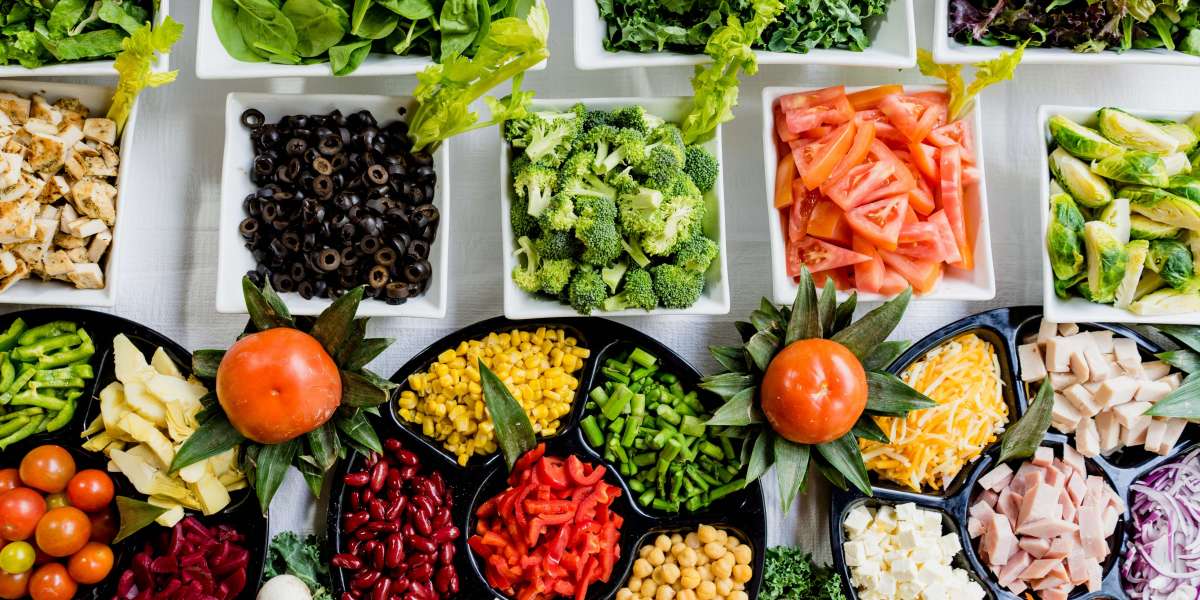Food, microorganisms, and humans have had a long and interesting interaction that developed long before recorded history. Food is not only of nutritional value to those who consume it but is also an ideal medium for microorganism growth.
As much as microorganisms affect food, they can also be used to preserve and transform raw foods into gastronomic delights, including chocolate, pickles, sausage, wine, beer, and alcoholic products. With the increasing awareness of consumers about food safety and quality, there is a high demand for preservatives, both synthetic and nonsynthetic.
Natural antimicrobials (plants and herbs) are used because they contain essential oils that have preservation effects against microorganisms and are used to preserve food. Many foods contain natural antimicrobial substances
Fruits and Vegetables - Coumarins
Cow milk and eggs - Lysos
Herbs and Spices - Aldehydic
Garlic - Allicin
Essential oils are very effective against many pathogenic and spoilage microorganisms.
Role of Microorganisms in Food
Food Production
Yeast (Saccharomyces cerevisiae)
Popularly known for making the dough rise, it is mostly used in the baking processes. It ferments sugar to produce carbon dioxide, the gas that gives the porous structure of bakery products. It also contributes to the flavors through the formation of alcohol, aldehydes, and esters. Bakery products like doughnuts, cake, and chin-chin.
Also, in wine production, yeast is responsible for the fermentation process. This produces the alcohol in wine. Other products using yeast are vinegar, pickles, and beer.
Production of Fermented Milk
Examples of microorganisms used in milk production are Lactobacillus lactococcus and Bifidobacterium. Lactic bacteria are used in different tablets and capsules, which are sold as supplements in the health food industry. This supplement restores the balance of intestinal flora and also increases the quality of life.
Probiotics
This is like food supplements used in yogurt and other fermented milk products. It influences immunity and, hence, prevents or makes diarrheal disease milder. Benefits of probiotics;
Decrease the risk of colon cancer.
Decrease cholesterol absorption.
Produce acids that decrease the pH in the gut and increase the absorption of minerals such as calcium.
Cheese Production
Penicillium roqueforti and Penicillium camelberiti help in the production of cheese with a starter culture. As the starter culture grows in the milk, it converts the sugar lactose into lactic acid, which ensures the correct level of acidity and gives the cheese its moisture. As the cheese ripens, it has a balanced aroma, taste, and texture.
As much as they play a role in the production of goods, they also cause food spoilage.
FOOD SPOILAGE
A major factor that causes food spoilage is food storage life, also known as shelf life. A food is considered spoiled if it's contaminated with any microorganisms that render it unsuitable for human consumption. Food storage methods differ for all kinds of food, as does their storage life cycle.
Storage Life Cycle of Various Foods
Food Product Storage Life
Raw beef 1-2 days
Raw Fish 1-2 days
Raw Poultry 1-2 days
Fresh Fruits 1-7 days
Leafy vegetables 1-2 days
Root Crops 1-20 days
Seeds that have been dry for at least 360 days
Causes of Food Spoilage
Growth and Activity of Microorganisms
The key microorganisms that cause food spoilage are bacteria, yeast, and molds. They produce various enzymes that digest various constituents of food.
Enzyme Activity
This is the action of enzymes found in animal plant tissue. This enzyme digests the various food components after the death of plants or animals.
Chemical Reactions
These are chemical reactions that occur in plant and animal tissue but are not catalyzed by enzymes.
Vermin
Includes weevils, ants, rats, cockroaches, mice, beets, and larva stages of some insects. Some of these insects are present in grains such as maize and beans. They are the possible transmission of pathogenic agents such as Salmonellosis by rats.
Physical Changes
This includes changes caused by freezing, drying, burning, and pressure.









Emerald Okeke 2 yrs
Great read! Did you study food science?